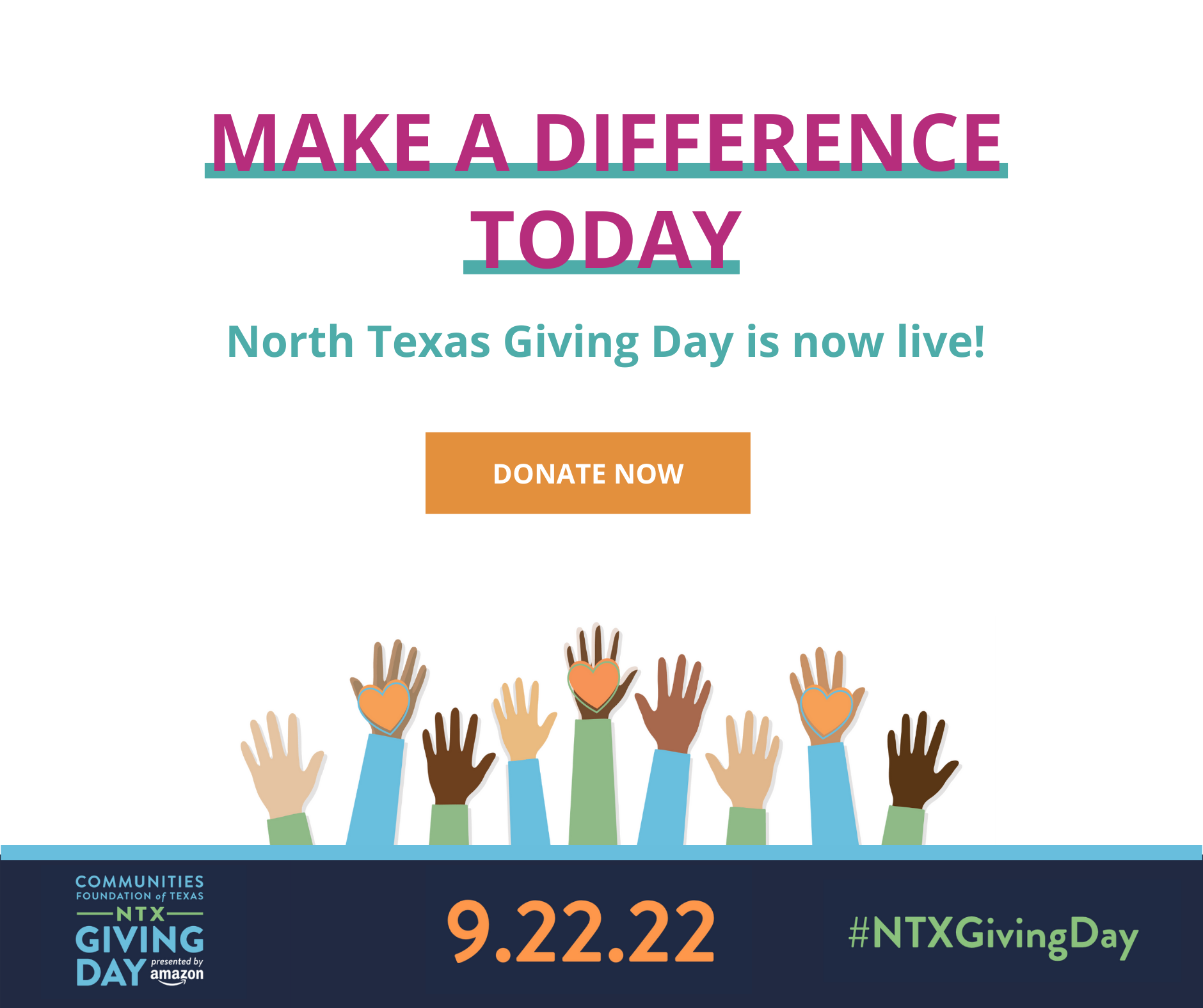We pulled together this month’s 8 most noteworthy child welfare research articles for you. Read them all here and take action today!
- 4 in 10 Latino and Black households with children lack confidence that they can make their next housing payment one year into COVID-19 (National Research Center on Hispanic Children & Families)
According to the National Research Center on Hispanic Children & Families, one year into the COVID-19 pandemic, roughly 40 percent of Latino and Black households with children who rent or have a mortgage reported housing insecurity. Roughly half of low-income Latino and Black households with children, and one third of low-income White households with children, reported little or no confidence in their ability to make their next mortgage or rent payment.

TexProtects Takeaway: The COVID-19 pandemic continues to disproportionately effect communities of color. This new data reveals that 40% of Latino and Black households with children are facing housing insecurity vs. 15% of comparable white households. With the recent expiration of the federal moratorium on evictions, many families may now be facing homelessness elevating the risk of child maltreatment. In order to ensure these families and children have secure housing, we must advocate for the American Rescue Plan Act funding (over $40 billion in housing assistance) to be released to the communities that need it most.
2. School-Based Strategies for Addressing the Mental Health and Well-Being of Youth in the Wake of COVID-19* (National Academies of Sciences, Engineering, and Medicine)
According to the National Academies of Sciences, Engineering and Medicine, there are evidence-based strategies for schools to address the mental health and well-being challenges among youth that arose or were exacerbated during the COVID-19 pandemic. *This PDF is free but does require creating an account with a valid e-mail address for access.

TexProtects Takeaway: The COVID-19 pandemic has been especially challenging for youth. From the loss of loved ones to loneliness and social isolation, these past 18 months have brought about a unique set of challenges. This new resource identifies strategies to address youth mental health and well-being in the school setting. A few examples include school-wide, mental health screenings and school-based health centers with mental health providers.
3. System Transformation to Support Child & Family Well-Being: The Central Role of Economic & Concrete Supports (Chapin Hall at University of Chicago)
Researchers at the University of Chicago have recently released this overview of policy, programmatic, analytic, and engagement strategies for leveraging economic supports to promote child and family well-being and prevent maltreatment.

TexProtects Takeaway: We know that financial supports reduce child abuse and neglect by enabling families to better access resources and address their own basic needs. The Centers for Disease Control identifies strengthening economic supports to families as one of their strategies to prevent child abuse and neglect. This brief highlights a similar advocacy strategy often championed by TexProtects – that it is best to intervene with a family before a crisis. The recent Child Tax Credit implemented through the American Rescue Plan Act has the potential to dramatically reduce child poverty by giving families access to economic supports on a monthly basis. It would be beneficial for families and children if this tax credit was made permanent.
4. Contact with Child Protective Services is pervasive but unequally distributed by race and ethnicity in large US counties (Edwards, F., Wakefield, S., Healy, K., & Wildeman, C.)
A new study provides county-level estimates of the prevalence of child abuse and neglect in Texas analyzing specifically by race and ethnicity and associated access to prevention and early intervention. A blog post from Duke University discusses the study results in further detail.

TexProtects Takeaway: This study examined CPS data at the county level, revealing the wide range of experiences families face when encountering the child welfare system. Across all counties examined, Black children had the highest risk of CPS investigation and higher rates of later-stage CPS contact (including foster care placements and termination of parental rights). Overall, this study revealed what we already know to be true of our current, often discriminatory child welfare system: risk of involvement in the CPS system is more common for children from historically and/or economically marginalized populations. We must confront these inequalities and continue to work to eliminate disparities at all levels of the child welfare system.
5. Effect of a Universal Postpartum Nurse Home Visiting Program on Child Maltreatment and Emergency Medical Care at 5 Years of Age (Goodman, W.B., Dodge, K., & Bai, Y.)
A recent study concluded that Family Connects, a universal newborn nurse home visiting program, resulted in a 33% decrease in reported cases to CPS and a 39% reduction in emergency medical care use through age 5.

TexProtects Takeaway: This new randomized control trial reveals exciting and promising outcomes for universal postpartum nurse home visiting programs, such as Family Connects. The Family Connects program is a universally offered nurse home visiting program offered to new caregivers. There are six counties in Texas currently operating Family Connects programs. These programs served more than 1,800 Texas families in 2020. To learn more about Family Connects and how TexProtects advocated to expand the program in the 87th legislative session, check out our newly released End of Session report.
6. GrandFacts State Fact Sheets (Casey Family Programs, American Bar Association, & Generations United)
These fact sheets provide data on public benefits, educational assistance, legal relationship options and state laws and Texas’s fact sheet can be found here.

TexProtects Takeaway: 266,337 grandparents are caring for their grandchildren in Texas. Children belong with their families, whenever safely possible. However, not all families have access to the necessary resources to care for additional children. This helpful fact sheet offers grand families a list of resources in Texas including parenting classes, counseling, and food/clothing assistance.
7. Evaluation of a statewide initiative to reduce expulsion of young children (Edge, N., Kyzer, A., Abney, A., Freshwater, A., Sutton, M., & Whitman, K.)
This program evaluation study describes 3 years of implementation of Arkansas’s BehaviorHelp (BH) system, a statewide expulsion prevention support system for early care and education (ECE). The study examined correlation of differences in characteristics including exposure to trauma for children by outcomes including expulsion.

TexProtects Takeaway: The state of Arkansas has launched a statewide effort to reduce suspension and expulsion of young children. Not surprisingly, this study identified children most at-risk for expulsion from school had a history of childhood trauma. We know a child’s reaction to trauma can greatly affect their ability to engage productively in the classroom. Trauma-informed training for all educators is essential to helping children with a history of trauma feel safe and secure in the school setting. Texas requires new teachers to receive trauma-informed care training as part of their orientation, however, a bill passed in the 87th legislative session removes the frequency requirements for trauma-informed care training of current teachers. Texas has a long way to go in ensuring children feel safe and secure in the classroom. A report by Texans Care for Children in 2019 revealed that although the legislature has banned out of school suspensions for pre-k through second graders, a high number of Texas’ youngest students continue to face in-school suspensions at disproportionate rates (highest among students in foster care, special education, and black students and boys).
8. Why aren’t kids a policy priority? The cultural mindsets and attitudes that keep kids off the public agenda (Frameworks Institute)
This report by Frameworks institute explores the cultural barriers to prioritizing children in policymaking, as well as the opportunity to develop a new narrative that is asset focused on child wellbeing instead of child need.

TexProtects Takeaway: When the public thinks about children and policy, they most often think about education and family settings. The public struggles to connect other policy areas (healthcare, housing, etc.) to children’s issues. The Prenatal to Three Collaborative (led in part by TexProtects) works to elevate all policy issues that affect our youngest children. Policies recently in the news such as Medicaid Expansion, the Child Tax Credit, and the federal moratorium on eviction, all have a profound impact on children of all ages and their safety and well-being. In order to help the public make this connection, advocates must be open to new ways of thinking and communicating to better serve our youngest Texans.
Get the latest news, reports, and action items delivered right to your inbox, here.



